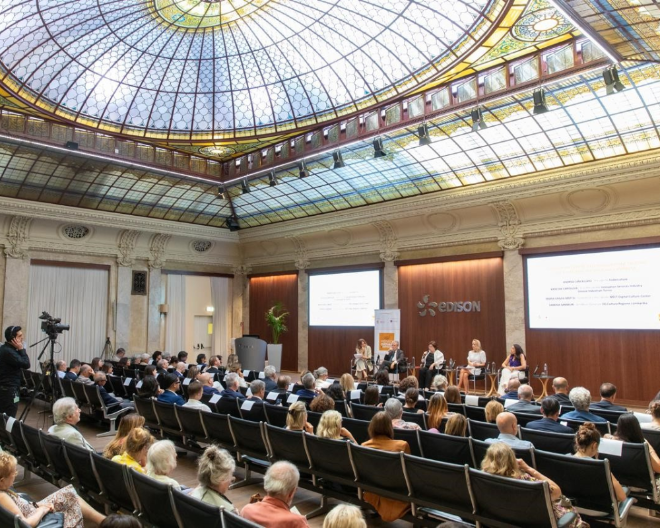UniSR study will investigate the mechanisms of frailty in the elderly

"The aim of our study will be to investigate the basic mechanisms of frailty in the elderly: the ultimate goal will be to identify the warning signs and alarm bells that precede frailty in order to be able to intervene promptly, and allow our elderly to lead a more peaceful old age". The Cariplo call "Biomedical Research on ageing-related diseases" supports research projects aimed at understanding the biological and pathophysiological mechanisms underlying frailty in the elderly and the validation of new studies that allow to prevent or limit the deleterious effects of this condition. Winner 2018 for UniSR is Dr. Simone Cenci, geriatrician and researcher, Head of the "Age related diseases" Unit, who has been awarded funding for the project "An unprecedented control of mitochondrial function by the pro-longevity adapter p62: mechanisms and role in aging and frailty". In this interview, Dr. Cenci and Prof. Luigi Gennari, Professor of Internal Medicine at the University of Siena and partner of the winning project, tell us about their project.
Frailty in the elderly
With aging, there is a reduction in the functionality of organs and systems that expose the individual to a greater risk of disease. When the organism is in a vulnerable condition which makes it unstable in the face of negative events, it is called "frailty".

Explains Dr. Cenci: "The "frail elderly" is someone who experiences a precarious stability of their clinical conditions with the high risk of cascading complications; frailty is a complex syndrome, given by the sum of many pathologies that involve different aspects of the individual (physical, psychic, social) that alter the quality of life. The aim of our study will be to investigate the basic mechanisms of frailty: we will use Paget's syndrome patients as a “model”, to then extend our results to the study of other geriatric patients. The ultimate goal will be to identify the warning signs and alarm bells that precede frailty in order to be able to intervene promptly, and allow our elderly to lead a more peaceful old age".
The Paget syndrome
The starting point for this research are the "Paget patients". Prof. Gennari says: “Paget syndrome is a bone disease usually diagnosed around 40-50 years old. It is a curious pathology, because it involves one or more bones, randomly affected. The most evident characteristic of patients with Paget's syndrome is a bone with a very increased volume: following an important bone resorption (carried out by some cells called osteoclasts), there is a high activity of the cells that deposit new bone (the osteoblasts) .
As a result there is a chaotic bone, which no longer reflects the normal structure with the deposition of collagen with parallel fibers: this not only increases its volume, but also loses the biomechanical capacity of the bones, which become more deformable, especially those subjected to a load (such as the tibia), which curve and can lead to fractures or significant impairments in walking ability".
Famous people who would have suffered from Paget syndrome include Beethoven (increased bone volume would damage nerve structures causing deafness) and Dominic DiMaggio, baseball player brother of the most famous Joe, who was the main supporter of the Paget Foundation for Paget's Disease of Bone and Related Disorders.
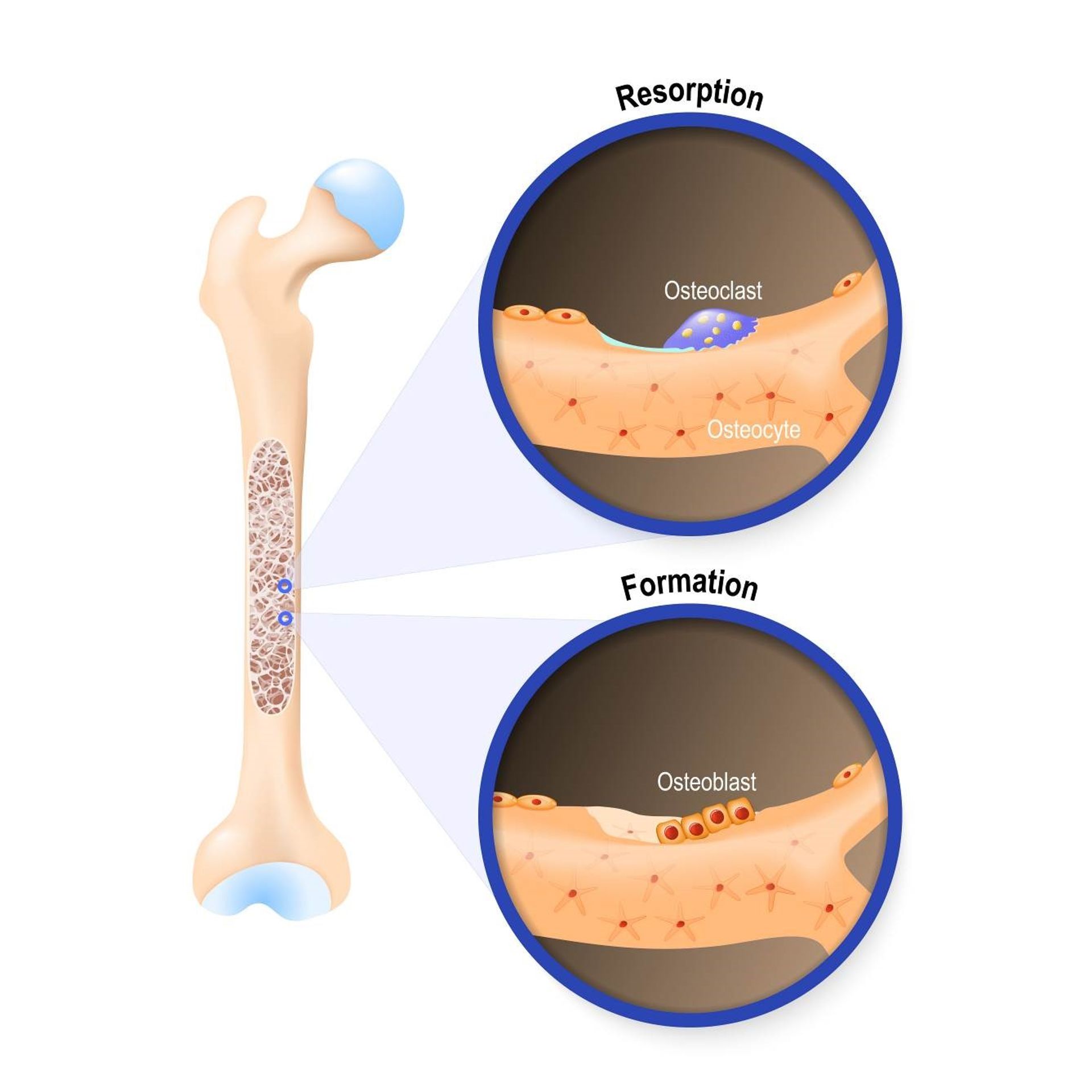
The Professor continues: “In 2002, also thanks to the close collaboration with the Italian Osteodystrophy Association of Paget, we started to collect patients with Paget syndrome in three main centers (Siena, Turin and Naples): today the cohort counts about 900 patients, the largest in the world for people with this disease". Thanks to analyzes on such a large number of subjects, the researchers observed mutations in some genes, among which the main one affects a protein involved in the aging processes, called p62.
PG2 and aging
Dr. Cenci intervenes: "For some years, the molecular causes that determine aging have been clarified, and 9 phenotypic traits of aging have been identified. Among these, 2 are fundamental in causing the process: damage to the mitochondria and loss of protein homeostasis.
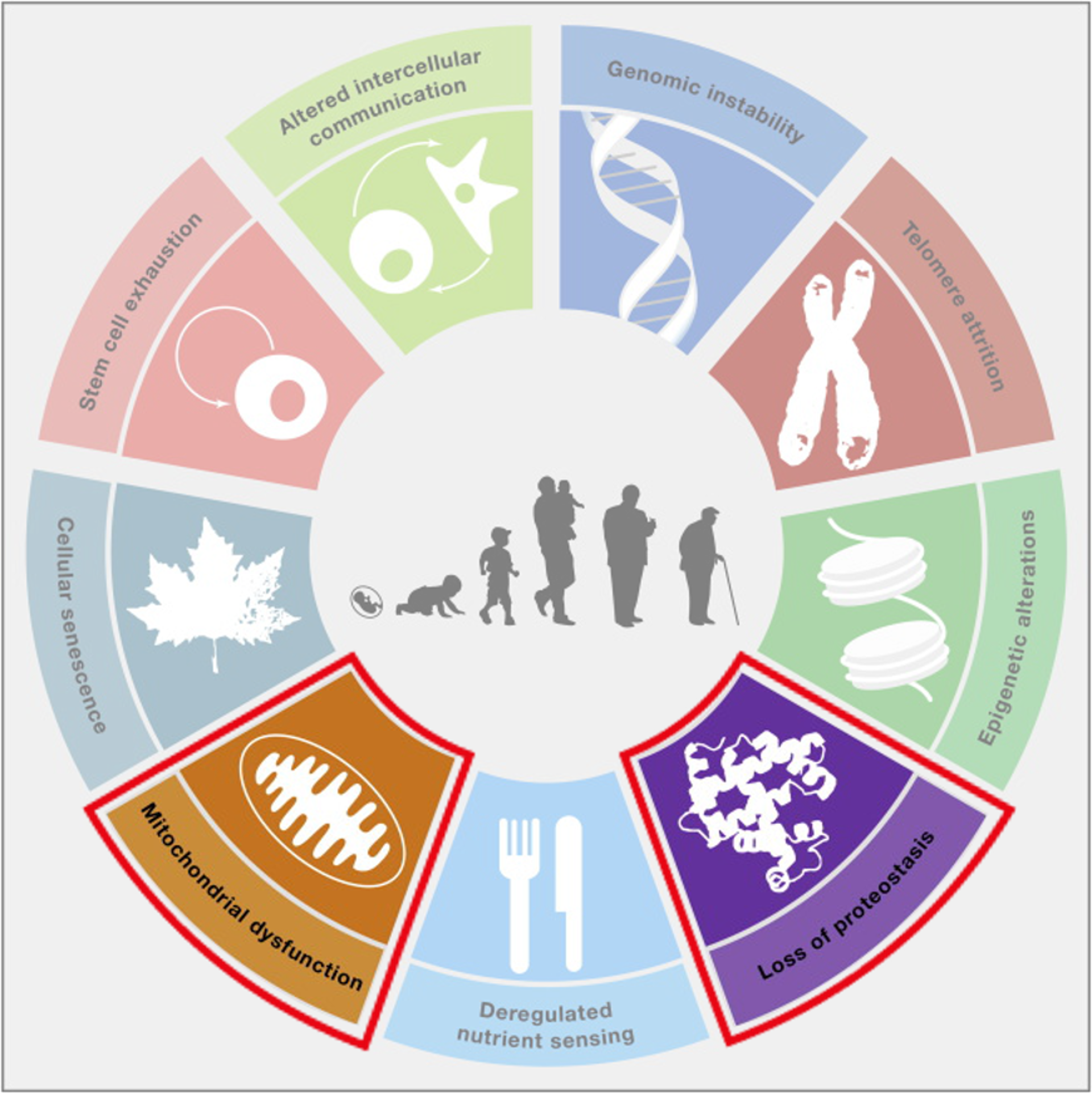
This means that all cells that age are characterized by a certain degree of mitochondrial dysfunction and by the aggregation of proteins that are not properly disposed of". The challenge facing researchers is to find out if there are (and what are) the connections between these traits, on which action could be taken to gain health and longevity. "We think we have discovered one of these inter-connection mechanisms - reveals Dr. Cenci - an innovative process that involves precisely the p62 protein, often mutated in Paget patients".
To test the mechanism just discovered, the researchers will follow an innovative idea: in addition to conducting sophisticated cellular and molecular investigations in the laboratory, they will collaborate with Paget's patients who will serve as "special" elderly to understand (and possibly learn to correct) the mechanisms that make our cells - and therefore our body - age.
You might be interested in
/resolutions/res-c660x528/Veschetti_Cariplo_P.-Aeruginosa_UniSR-(1).jpg)
Uncovering the hidden role of bacterial microRNAs in chronic respiratory diseases
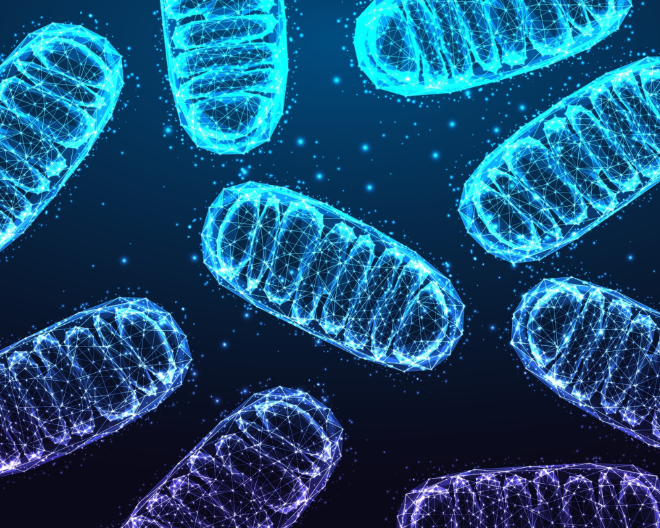
A New Approach to Enhance Immunotherapy in Multiple Myeloma
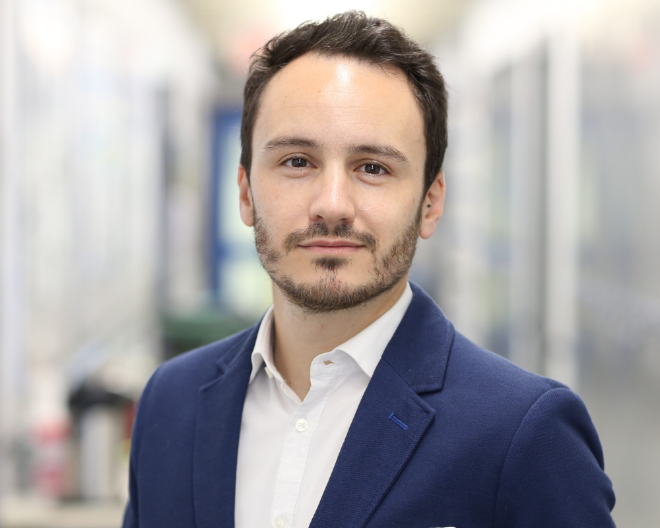
An ERC Starting Grant assigned to Dr. Davide Folloni
